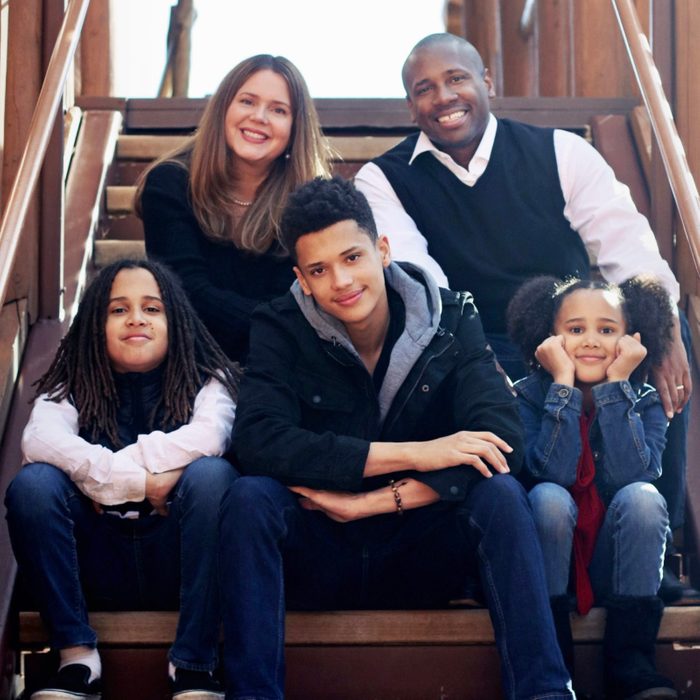
Why I began homeschooling my kids
All three of my kids, Cordelia, Silas, and Moses (now ages 8, 11, and 14, respectively) were attending the same Montessori school, which we loved and were happy with, near our home in the suburbs of Denver. That is, until Silas, then 6 years old, moved up to the first-to-third-grade classroom. We’re still not exactly sure what happened, but every day when he came home from school, he would crawl under a piece of furniture and sob for half an hour.
Despite our best efforts in communication with his teacher and the administration for over a year, we couldn’t seem to improve the situation. We made the decision to enroll him to start at a new school the following fall (when he would be starting third grade) and brought him home to finish the bulk of the spring semester. We had a bumpy start as we figured out the new homeschooling situation, but settled into a nice groove pretty quickly.
After a little time had gone by, we began to realize that our wiggly but academically advanced 8-year-old was blossoming into the peaceful, joyful person we had known him to be as a little kid. As much as we had wanted to try the new school in the fall, he wanted to keep homeschooling. We agreed, as we decided it would be foolish to change something that was working so well.
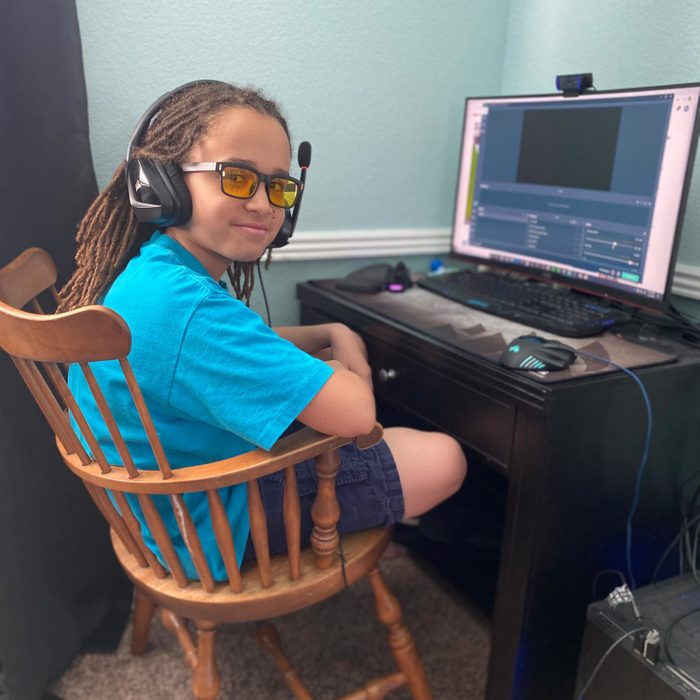
An expanding classroom
At the time, our older son was finishing sixth grade and was scheduled to move to a middle school in the fall. Moses asked if he could please have a chance to try homeschooling with his brother so that he could have more time to train for basketball. This all sounded reasonable and focused to us, so we said yes. So, that fall semester of 2017, we had our boys homeschooling for third and seventh grades.
We also asked Cordelia if she wanted to homeschool for kindergarten, but she declined. However, over the fall semester, another child began physically and verbally bullying our daughter because of her ethnicity. Even after we approached her teachers, the administration, and the other child’s parents, the situation didn’t improve. While we didn’t take the situation lightly or make the decision easily, she began homeschooling as well, and by the start of 2018, we had all three children home and homeschooling. Here’s how it works for us. Find out what school was like 100 years ago.
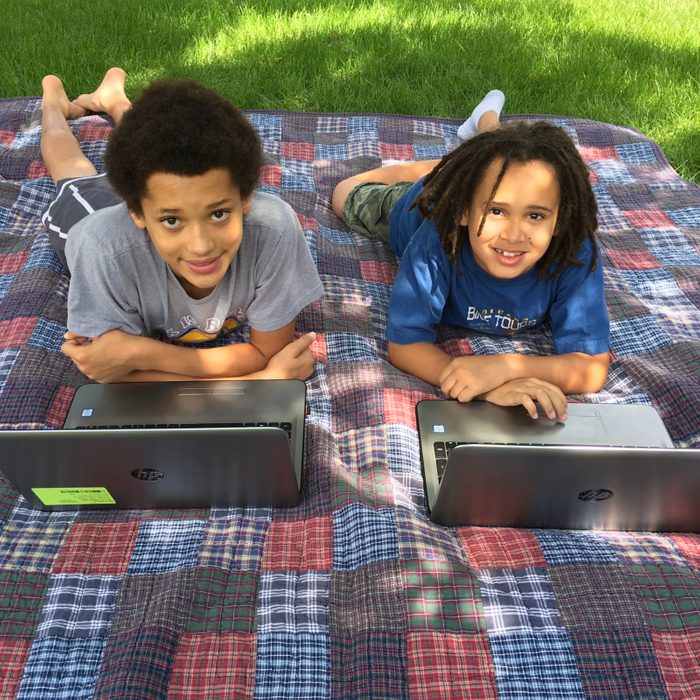
Set a schedule
After going to bed at 9 p.m. on weeknights, my kids wake up at about 7 a.m. without an alarm, because they are excited to hop on their computers and get their schoolwork done. Why? So that they can have free time on electronics until they have other obligations in the afternoon. Most days, they have finished all their schoolwork by lunch, and we usually walk together after they’re done eating. They sometimes ride scooters while we walk—exercise is very important to all of us.
Then, in the early afternoon, they do whatever they want while my husband and I work. (I work from home regularly, running the Colorado School of Acting, where we offer online and in-person classes.) In the mid to late afternoon, they have activities galore, including basketball, tumbling, dance, acting, and music. Our one rule regarding electronics is that they must be put away by 5 p.m. each day. Then it’s time for dinner—my husband cooks, and I clean up—and then we often play UNO or share riddles or tell silly stories.
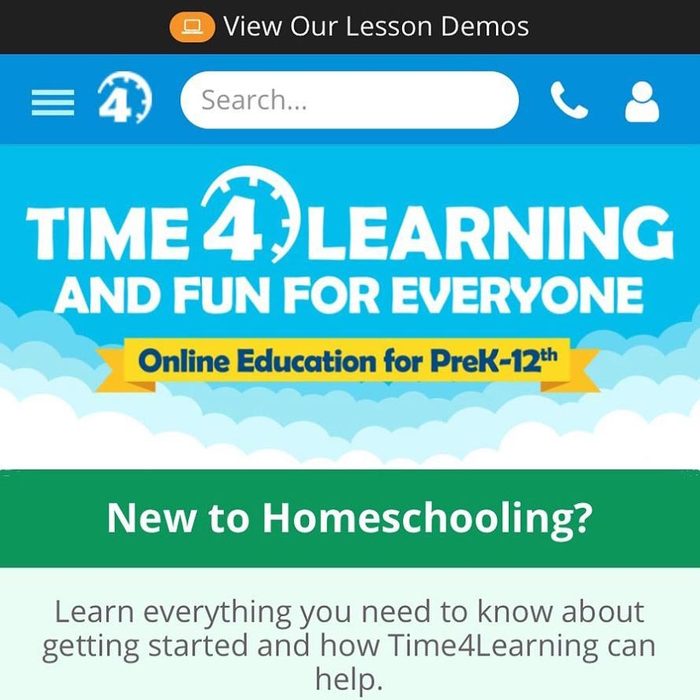
Find an online curriculum you like
The most comprehensive yet simplest-to-use curriculum we have found is Time4Learning.com. What I like about it is that the kids can get a full education without using any paper except for a spiral notebook and pencil to work out some math problems. There are a ton of instruction videos used to teach new concepts before the practice activities, quizzes, etc. Plus, the lessons are made with a sense of humor; sometimes my kids will laugh at the jokes or situations and will ask me to come watch it replay. I also love that we can assign a whole week’s work at one time so that the kids are self-sufficient for days on end unless they run into a question. And we can set the “passing grade” to whatever we want. We chose 80 percent, which means that anything less than that will require a redo.
Time4Learning.com has worked great for all three of our kids and seems to be the simplest way for them to learn what’s required by the national educational standards, including for math and language arts. These are 45 of the best free online classes from colleges and universities.

Get creative with social studies
Instead of each kid doing different topics and work in social studies, we’ve found success in creating a schedule of watching documentaries, narrative films, and/or Broadway shows around a theme. After they watch each film, they read more about the key people and events, then we follow up with a discussion and look up any questions or points of interest. Hamilton was a big hit for us! When Silas and Moses were younger, they used to crack us up to no end with reenacting the Cabinet Battles.
We’ll discuss things like: Who are the major players, and what did they want? How has history been told in the past versus how it’s told now? Do you believe all aspects of this story, or do you think parts have been changed to make certain people appear more heroic or more evil? Does anything in this story remind you of anything currently happening in society or your own life?
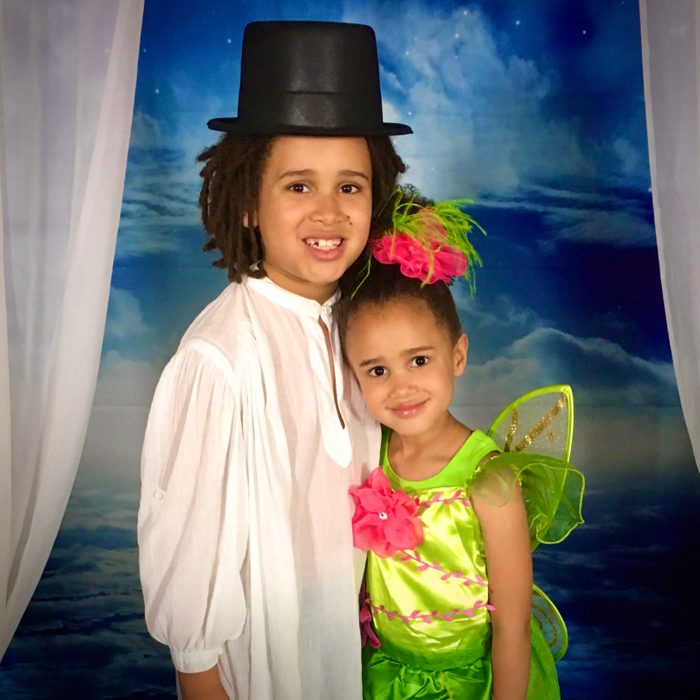
Specials are a priority
We have a native-Spanish-speaking instructor come to the house one hour per week. Additionally, the kids do daily Spanish lessons through Rosetta Stone. It’s working OK, though not as well as we had hoped, as their comprehension is much better than their production of the language. As for arts courses, my kids take in-person after-school courses such as acting, dance, swimming, and more. We have incorporated casual drawing, coloring, and crafts, but no visual arts beyond that. These are the nine school subjects you took that your kids won’t.
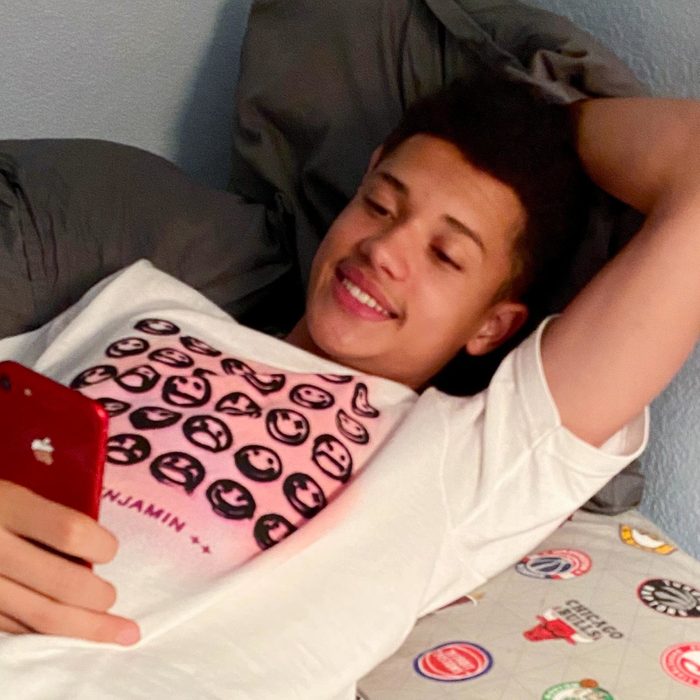
Screen time is the great motivator
Our kids are allowed screen time after they’ve finished all their schoolwork and housework. The kids get quite a bit of time most days to play video games and connect with their cousins who are also homeschooled and live a thousand miles away in Memphis, Tennessee. At 5 p.m., they must be off their devices, and we bring all the devices into our bedroom to minimize temptation. They are really good about observing the rules, and I think they are happier for having limits—even the teenager.

Chores are important
Assign chores to your kids—even if they seem trivial. When you spend most of your time at home, the food prep and cleanup are never-ending, and even simple chores relieve the load for parents. For example, our oldest always empties the trash, from all the trash cans in the house. Our middle kid always takes out the compost, then washes and replaces the bucket. And our youngest is in charge of using the mini-broom and dustpan to keep the kitchen and dining-area floors clean. We don’t switch chores because it is just too much to keep track of! Yes, even your toddler should be doing chores.
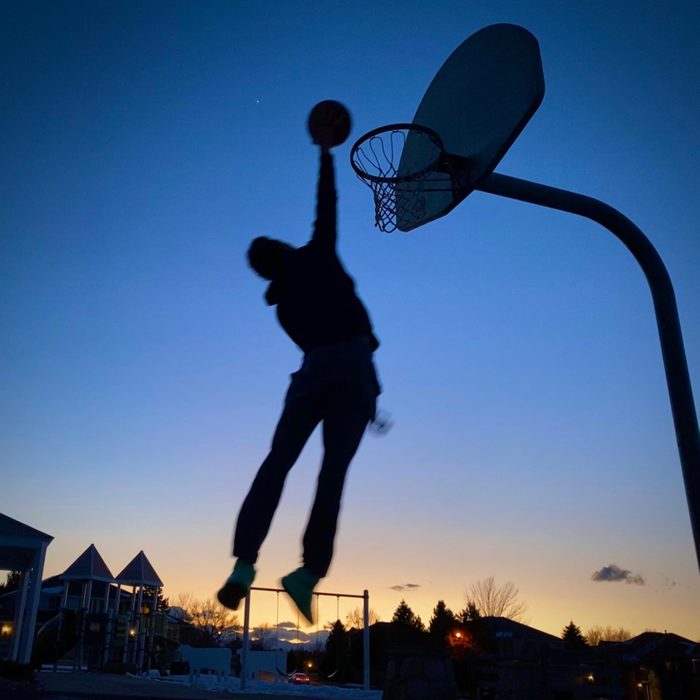
Let the kids have a say
Any time your kids complain, calmly ask them to tell you what would be a better solution. Have a calm discussion, and point out any shortfalls in their plan from your point of view. You get to have feelings, too. For example, when Silas asked me to wake him up at 5:30 a.m. so he could work out, I said, “I don’t want to be awake at 5:30. If you can’t wake up to your alarm, you need to go to bed earlier.” However, if there are no shortfalls with their plan, then you might actually want to try their idea! Holding regular family meetings is one of the 17 secrets of the happiest families.
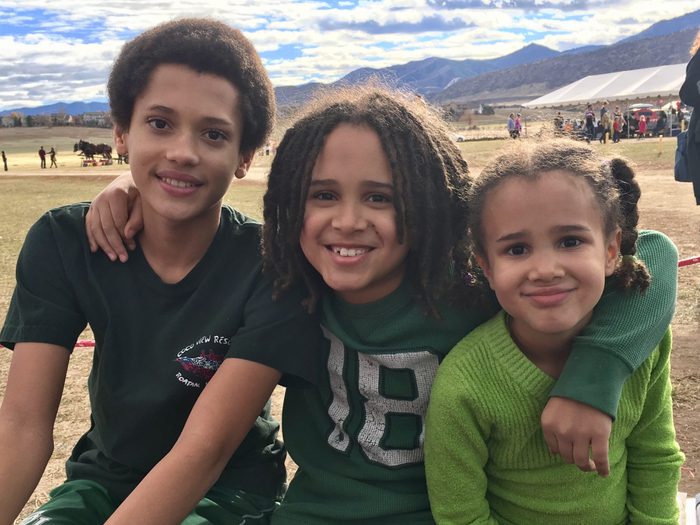
Don’t sweat the small stuff
I wish I had realized earlier that most of this stuff is not that serious. Humor and flexibility can go a long way in creating and maintaining a positive relationship with your child, from preschool to high school. Yes, it’s important that they know certain academic concepts and that they know how to find the info they need. Other than that, find out what they really enjoy, and try to arrange for more of it in their lives. Find things you appreciate about them, and find fun or funny ways to tell them.
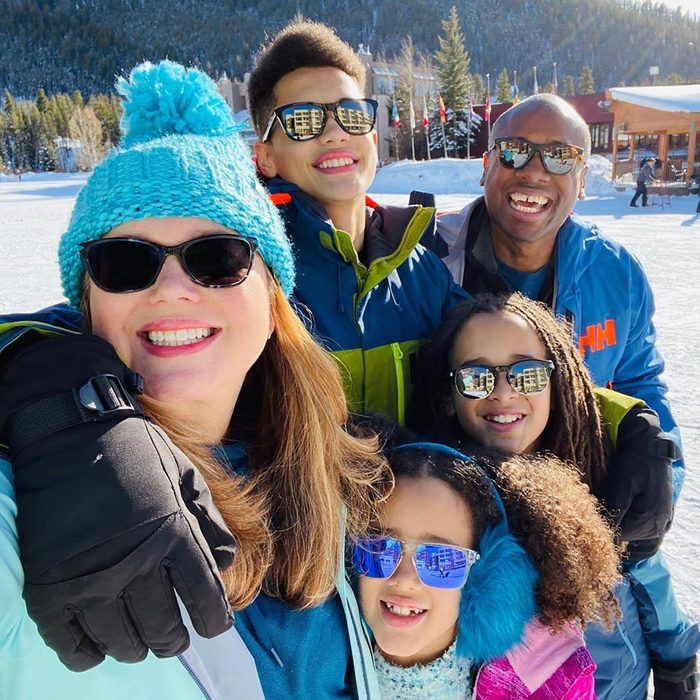
Enjoy your children
It’s also not a big deal if your schedule gets off by hours. But it is a big deal if you, the most important person in the world, don’t appreciate your child’s unique gifts and tastes and stories. Again, if you don’t show your child that they matter, who will? Connect with your child, listen to your child, and share your own stories and struggles. You do not have to pretend to be perfect. It’s good for your child to know you are still learning, too. Honest and open discussions every day about both the profound and the mundane opens the door to a closer and more rewarding relationship. There’s nothing like knowing your family is really there for you, through thick and thin! Next, learn the 10 secrets of parents who raise successful children.